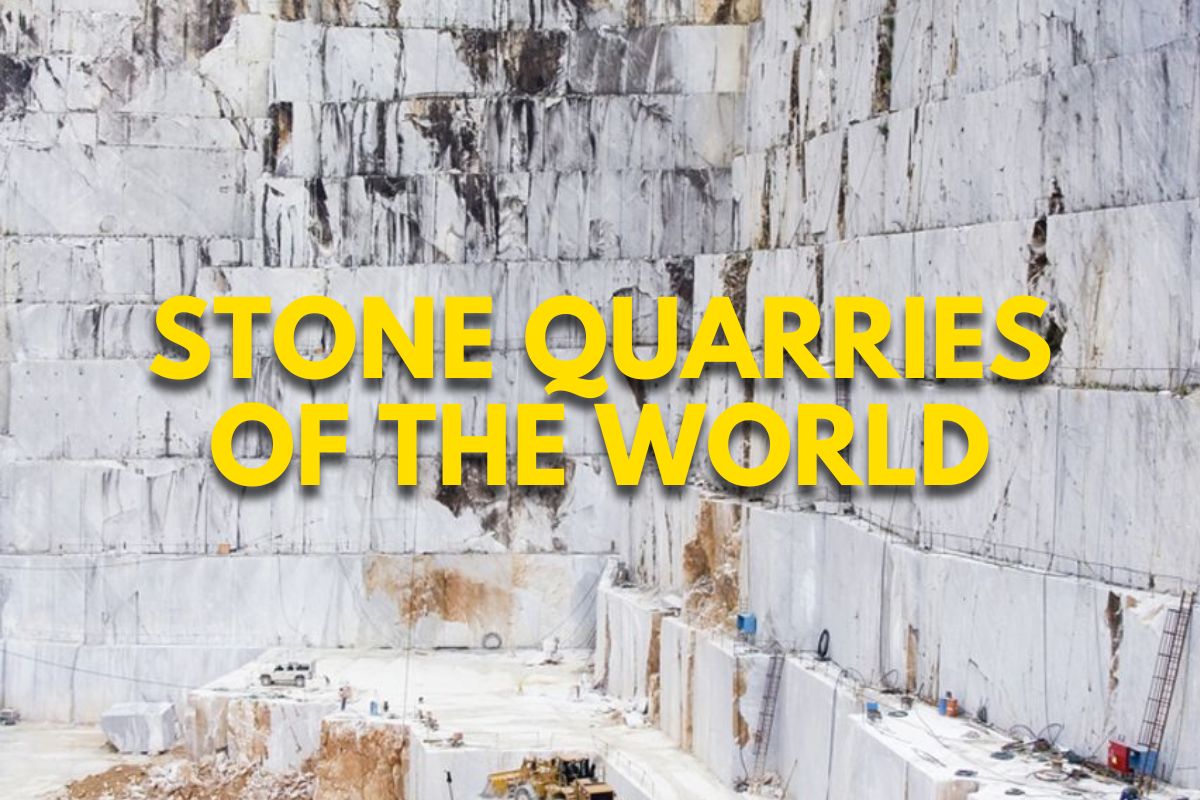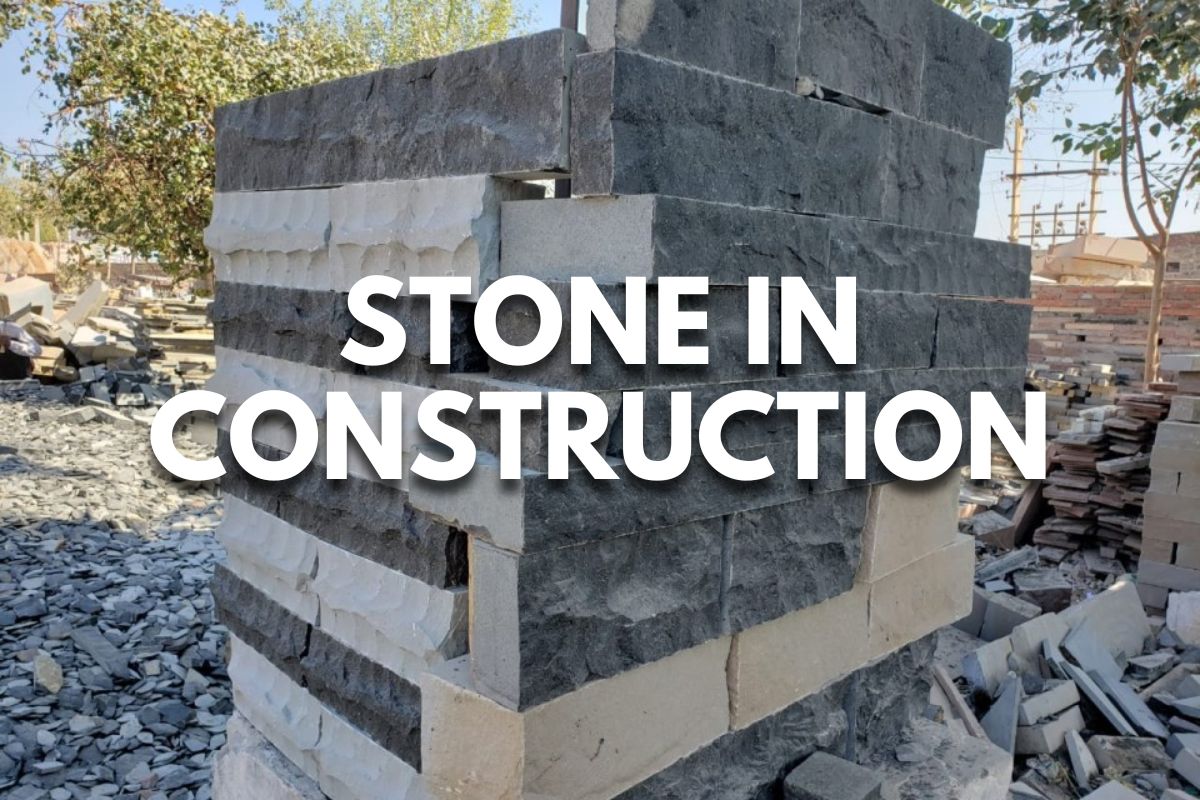Top Choices for Outdoor Flooring: Selecting the Ideal Stone for Your Patio
Imagine balmy evenings spent under the stars, but your current patio flooring leaves something to be desired.
Flagstone, travertine, granite – with so many choices, how do you pick the right one for both style and durability?
Fear not! This guide unveils the top choices for outdoor flooring, helping you select the ideal stone to transform your patio into an oasis you’ll love.
Considerations for Outdoor Flooring
Beyond Aesthetics: Choosing the Right Stone for Your Patio
While the visual appeal of your patio stone is important, several other factors play a crucial role in ensuring a beautiful and functional outdoor space. Here’s what to consider:
- Climate: Endure harsh winters? Opt for freeze-thaw resistant stones like granite or slate. For hot, sunny regions, lighter colored stones like flagstone or sandstone can radiate less heat underfoot.
- Foot Traffic: High-traffic areas like walkways benefit from denser stones like granite or bluestone. Lower-traffic areas like patio seating can accommodate softer stones like travertine or limestone.
- Maintenance Needs: Some stones, like granite, require minimal upkeep. Others, like limestone, may need sealing periodically to maintain their beauty. Consider your time commitment for maintenance.
- Budget: Stone prices vary considerably. Granite and slate are typically on the higher end, while flagstone and pea gravel offer a more budget-friendly option.
Overview of Stone Options for Outdoor Flooring
A Stone’s Throw Away: Popular Options for Outdoor Flooring
The natural beauty and timeless elegance of stone elevate any patio design. But with a variety of stones available, each boasting unique characteristics, selecting the right one requires some exploration. Here’s a glimpse into some popular choices:
- Granite: Granite is the undisputed champion of durability, and it offers exceptional strength and weather resistance. Its low porosity makes it stain-resistant and easy to maintain, though its smooth surface can be skiddy when wet. Granite comes in a wide range of colours and patterns, adding a touch of luxury to your patio.
- Slate: This naturally textured stone offers excellent grip, making it ideal for patios around pools or in wet climates. Available in a variety of colors, slate lends a rustic charm to your outdoor space. However, its cleft surface can be uneven underfoot and may require occasional cleaning of debris trapped in its grooves.
- Flagstone: A budget-friendly option, flagstone comes in various types like sandstone, bluestone, and limestone. Each offers a unique look and varies in terms of durability and maintenance needs. Flagstone’s natural variations in color and texture create a classic, understated elegance for your patio.
- Travertine: Favored for its warm tones and smooth surface, travertine exudes a touch of Mediterranean flair. However, its porous nature makes it susceptible to stains and requires regular sealing. Travertine might not be ideal for high-traffic areas but can add a touch of sophistication to a low-traffic patio.
Flagstone for Outdoor Patios
Flagstone, a timeless favorite for patios, offers a beautiful blend of functionality and aesthetics.
These natural stone slabs, typically sandstone, slate, or limestone, come in a variety of earthy tones, textures, and irregular shapes. This inherent irregularity allows for organic, customized layouts that complement gardens and natural surroundings.
- Natural Beauty: Flagstone comes in a variety of colors, textures, and irregular shapes, creating a unique and organic look.
- Long-lasting Durability: Properly installed flagstone patios can last for generations.
- Excellent Drainage: The permeable surface allows water to drain freely, minimizing puddles and erosion.
- Potential Comfort Concerns: The uneven surface may be uncomfortable for walking barefoot.
- Requires Maintenance: Regular cleaning and occasional sealing are recommended to maintain appearance.
- Susceptible to Staining: The natural porosity makes flagstone more prone to stains.
Travertine for Outdoor Patios
Travertine, a limestone formed from mineral deposits in hot springs, offers a touch of sophistication to outdoor spaces.
- Luxurious Look: Travertine offers warm earth tones and natural veining for a sophisticated aesthetic.
- Durable Stone: Relatively hard and resilient against wear and tear.
- Prone to Staining: Light color requires attention to spills and regular sealing.
- Moderate Porosity: Proper drainage is essential to prevent mold/mildew growth.
- Regular Maintenance: Sealing is recommended to maintain appearance.
Slate for Outdoor Patios
- Durable and Weather-Resistant: Slate stands out for its exceptional durability. It can withstand harsh weather conditions and heavy foot traffic, making it ideal for long-lasting patios.
- Variety of Colors and Textures: Slate comes in a range of colors, from deep charcoal to earthy grays and greens. The natural cleft surface offers a textured, rustic look that complements various design styles.
- Low-Maintenance: Compared to other stones, slate requires minimal upkeep. Regular sweeping and occasional cleaning with a stone cleaner is typically sufficient.
- Potentially Uneven Surface: The natural cleaving can create an uneven surface that might be uncomfortable for walking barefoot. Area rugs can address this concern.
- Susceptible to Staining: Slate’s porosity can make it prone to staining from spills or acidic substances. Sealing can help mitigate this, but may require periodic reapplication..
Limestone for Outdoor Patios
- Classic Beauty & Variety: Limestone offers a range of elegant colors for a timeless or modern aesthetic.
- Smooth, Comfortable Surface: The fine texture creates a pleasant walking experience.
- Durable & Long-Lasting: Resistant to cracking and chipping under wear and tear.
- Naturally Cooling: Light-reflective properties help keep the patio cooler in hot weather.
- Requires Sealing: Limestone is porous and susceptible to staining if left unsealed.
- Etching Potential: Acidic substances like citrus juices can etch the stone’s surface.
Case Studies and Examples
Case Studies: Bringing Stone Patio Choices to Life
While understanding the properties of each stone is essential, visualizing them in real-world settings can solidify your decision. Here are some potential case study titles to spark your imagination:
- Case Study 1: Rustic Charm with Flagstone – This title highlights the natural beauty and organic look flagstone brings to a patio.
- Case Study 2: Timeless Elegance with Travertine Pool Deck – This title showcases the sophisticated aesthetic and warm tones of travertine in a poolside setting.
- Case Study 3: Low-Maintenance Modernity with Slate Patio – This title emphasizes the contemporary look, durability, and minimal upkeep of a slate patio.
- Case Study 4: Light and Cool Limestone Patio for Entertaining – This title focuses on the classic appeal, light-reflective properties, and suitability for entertaining spaces offered by limestone.
Maintenance and Care of Stone Patio Flooring
Maintenance and Care: Keeping Your Stone Patio Beautiful
Stone patios offer lasting beauty, but even the most durable stone requires proper care to maintain its appearance and functionality. Here’s a quick guide to keeping your stone patio looking its best:
- Regular Sweeping: Routinely sweep away dirt, leaves, and debris to prevent them from accumulating and staining the stone.
- Seasonal Cleaning: Depending on your climate, plan a more thorough cleaning at least once or twice a season. Use a mild detergent solution suitable for your specific stone type and a soft-bristled brush. Avoid harsh chemicals or high-pressure washers, which can damage the surface.
- Spot Cleaning: Address spills promptly to minimize staining. Blot up liquids with a clean cloth and follow the cleaning recommendations for your stone type.
- Sealing (if applicable): Some stones, like limestone and slate, benefit from periodic sealing to enhance stain and water resistance. Consult a professional for the appropriate sealant and application method.
- Weed Control: Prevent weeds from sprouting through the patio cracks by applying a commercial weed killer or using natural methods like boiling water or vinegar (check for stone compatibility first).
- Winter Care: For freezing climates, remove snow and ice with a plastic shovel to avoid chipping or cracking the stones. Avoid using salt for de-icing, as it can damage the stone surface.
By following these simple maintenance tips, you can ensure your stone patio remains a beautiful and functional focal point of your outdoor space for years to come.
Budget Considerations and Installation Tips
Budget Considerations and Installation Tips for Stone Patios offer a luxurious feel, but the cost can vary depending on the material, size, and complexity of your project. Here’s a breakdown to consider:
- Stone Cost: Flagstone and slate tend to be more affordable options, while travertine and limestone generally fall on the higher end.
- Thickness and Size: Larger, thicker slabs will cost more per square foot than smaller, thinner ones.
- Labor Costs: Professional installation adds significantly to the overall cost. DIY installation can save money, but requires proper skills and knowledge to avoid costly mistakes.
Here are some tips to keep your project within budget:
- Get Quotes: Compare quotes from several qualified contractors to get competitive pricing.
- Consider DIY (if applicable): If you’re handy and have the time, DIY installation can be a significant cost saver. However, factor in tool rental and unexpected challenges that might require professional help.
- Explore Patio Size: Carefully plan your patio size. A smaller, well-designed patio can deliver a beautiful impact without breaking the bank.
- Material Selection: While some stones may be aesthetically pleasing, consider options that balance your desired look with affordability.
Remember, factor in long-term costs. While some stones require less upfront maintenance, others may need regular sealing or cleaning, adding to the overall expense.
Conclusion: Top Choices
Selecting the perfect stone for your patio isn’t a one-size-fits-all decision. By considering your design taste, budget, and lifestyle, you can transform your outdoor space into a functional and aesthetically-pleasing haven.
Now that you’re armed with knowledge, it’s time to explore real-world examples and envision your dream patio coming to life!









